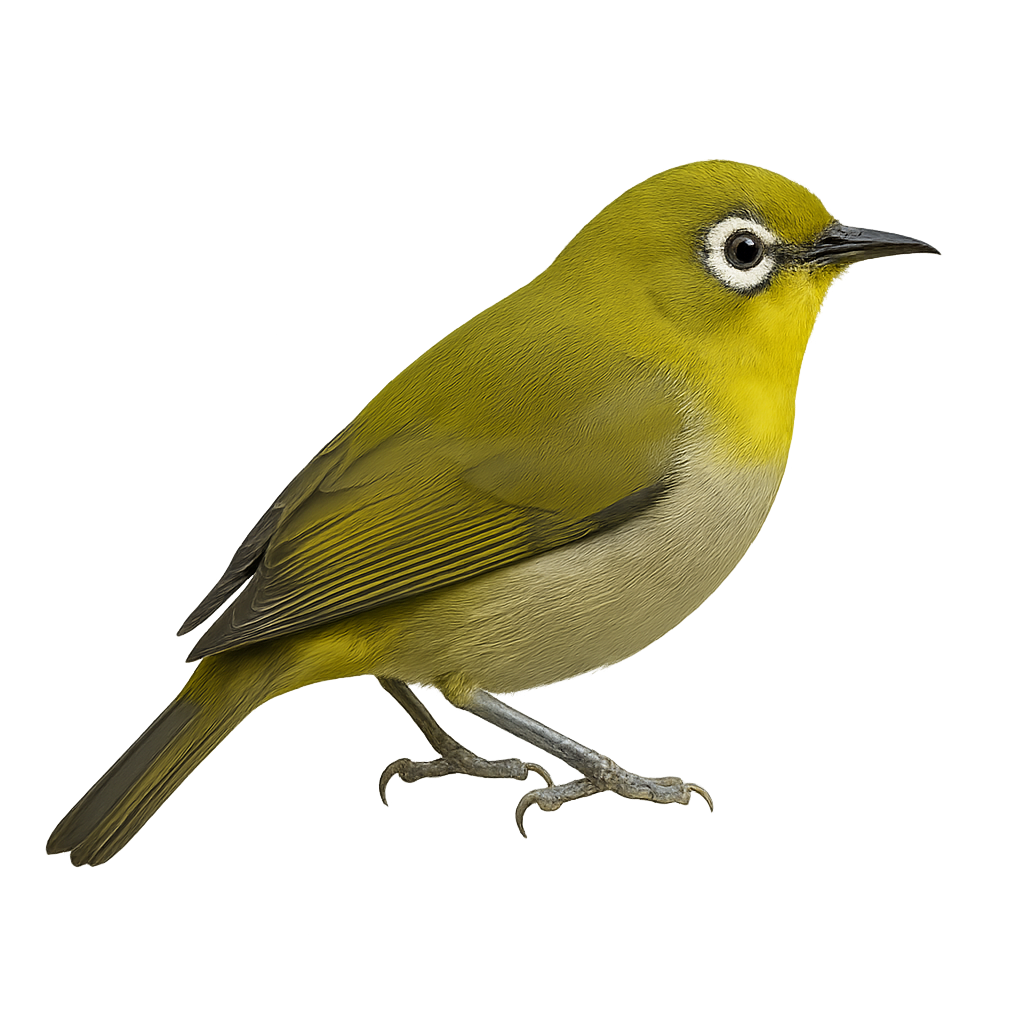Your wildlife photography guide.
Explore the montane white-eye in detail, study its behavior, prepare your shots.
Where to observe and photograph the montane white-eye in the wild
Learn where and when to spot the montane white-eye in the wild, how to identify the species based on distinctive features, and what natural environments it inhabits. The WildlifePhotographer app offers tailored photography tips that reflect the montane white-eye’s behavior, helping you capture better wildlife images. Explore the full species profile for key information including description, habitat, active periods, and approach techniques.
Montane White-eye
Scientific name: Zosterops poliogastrus

IUCN Status: Least Concern
Family: ZOSTEROPIDAE
Group: Birds
Sensitivity to human approach: Suspicious
Minimum approach distance: 5 m
Courtship display: September to October
Incubation: 11-13 jours
Hatchings: September to November
Habitat:
Humid forests, wooded areas, mountains
Activity period :
Primarily active during the day, with peak activity in the morning and late afternoon.
Identification and description:
The Montane White-eye, or Zosterops poliogastrus, is a small bird with predominantly olive-green plumage and a distinctive grey belly. It is characterized by a white eye-ring, giving it a lively and curious look. This bird is often seen in active flocks, moving swiftly through foliage in search of fruits, nectar, and insects. It is mainly found in the mountainous regions of East Africa, inhabiting humid forests and wooded areas. Although it is a sociable bird, it can be wary of intruders. Its ability to adapt to different habitats and its gregarious behavior make it an interesting subject for ornithologists.
Recommended lens:
400 mm – adjust based on distance, desired framing (portrait or habitat), and approach conditions.
Photography tips:
To photograph the Montane White-eye, it is advisable to use a 400mm lens or longer to capture detailed images without disturbing the bird. Look for areas where these birds are actively feeding, such as fruit trees or nectar-rich flowers. Be patient and discreet to avoid scaring them away. Take advantage of the natural morning light to get well-lit photos and focus on the distinctive white eye-ring for striking portraits.
The WildlifePhotographer App is coming soon!
Be the first to explore the best nature spots, track rutting seasons, log your observations, and observe more wildlife.
Already 1 431 wildlife lovers subscribed worldwide

